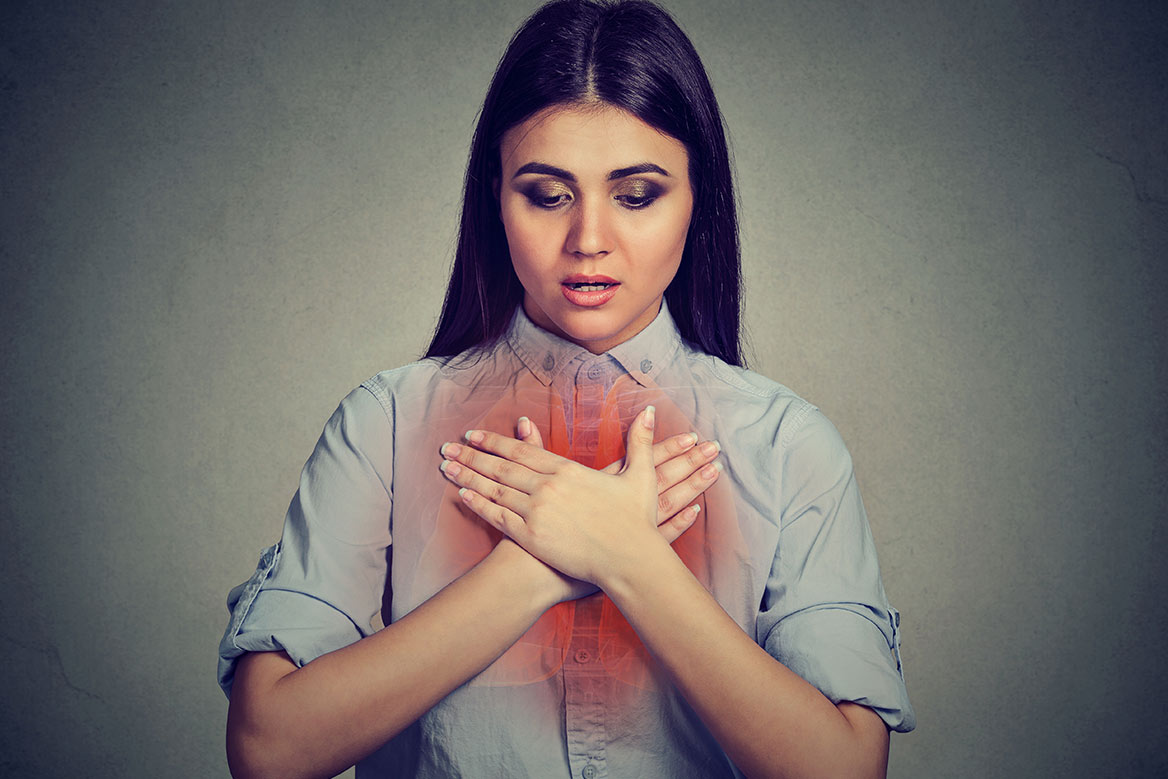
At a time when access to information is everything, the ability to access and interpret data extracted from 157 million medical documents in a single moment is invaluable to a medical professional who has no time to lose. What looks like a dream is the iconic product of Health data Cegedim, real world data provider and True evidence of the word Worldwide. Database Health improvement network (THIN), already includes Spain, which contributes 2.9 million patients, 300 health institutions and more than 4,400 primary care physicians and specialists.
A great advantage of this model is the ability to conduct comparable studies in several countries.
I spoke with Gilles Paubert, the global head of Cegedim Health Data, and António Valente, the head of Cegedim Health Data Spain, about this launch.
Question.- What does the arrival of this new version of the database for the Spanish health sector mean?
Gilles Paubert. The launch of THIN (Health Improvement Network) in Spain is the result of two years of investment by Cegedim Health Data, the Cegedim division that manages real word data (RWD) and real world evidence (RWE) initiatives in Spain, where we have been present for more than 15 years as a software solution provider. This database provides healthcare workers with a reliable and accessible RWD that can contribute to the discovery of scientific knowledge and the improvement of public health in general.

António Valente.– We offer our clients and partners access to complete and anonymous longitudinal data sets at the patient level, in a common data model for several European countries (France, Great Britain, Belgium, Romania and now Spain). In this way, our customers and partners can use the data for research and development, medical business, Maket access and HEOR projects.
P.- What kind of information does it provide?
gp We offer various dimensions of anonymous data, including patient characteristics, such as diagnoses, prescriptions, medical history, medical interventions, tests and clinical results, such as laboratory test results, etc.
P.- How is this information collected?
GP – The information is collected through the electronic medical records of the health care providers with whom we sign agreements in Spain.
AV – This information is then deeply validated, compiled and harmonized into a single common European data model, ready for use in artificial intelligence. A major advantage of this model is the ability to conduct comparable studies in several countries and to understand how different healthcare structures may have different outcomes, for example in patient pathways, as we detect with respect to Covid-19.
P.- What can this database be used for?
gp From a scientific perspective, our data can be used for publishing purposes. Our THIN database has been cited in over 1,300 scientific publications, and this number is growing every month. From a research and development angle, our data can be used to discover the medical needs of unsatisfied patients and to identify subsets of anonymous patients with specific characteristics (pathology, disease history, environment …). Medical business departments can also use this information to analyze products in real life, such as treatment adherence.

AV – Our data can also be extremely relevant for market access and HEOR actions, for example to generate budget impact models, a new price definition, a cost-benefit analysis, etc.
P.- In a health crisis like the one we are going through, how can all this information be used?
GP – Health systems around the world are facing the repercussions of a huge exogenous disorder caused by Covid-19, at various levels. But precisely in the field of health, this pandemic has the greatest effect, with shocks in both demand and supply. In terms of supply, healthcare organizations show a lack of resources. In terms of demand, limitations in patient transport, the absence of patients from scheduled appointments and interventions for fear of not contracting Covid-19, also put pressure on the health system. Therefore, now more than ever, our THIN data can provide crucial information to help the health sciences advance scientific knowledge and help improve public health.
AV Our data are prepared for machine learning to help identify populations of high-risk patients and to predict severe disease in patients with Covid-19. Data richness can be used to test hypotheses determined by real-life research questions, such as why some people are asymptomatic and others are not? In the near future, we will be able to estimate the impact and evaluate the effectiveness of Covid-19 vaccines in a real-world population.